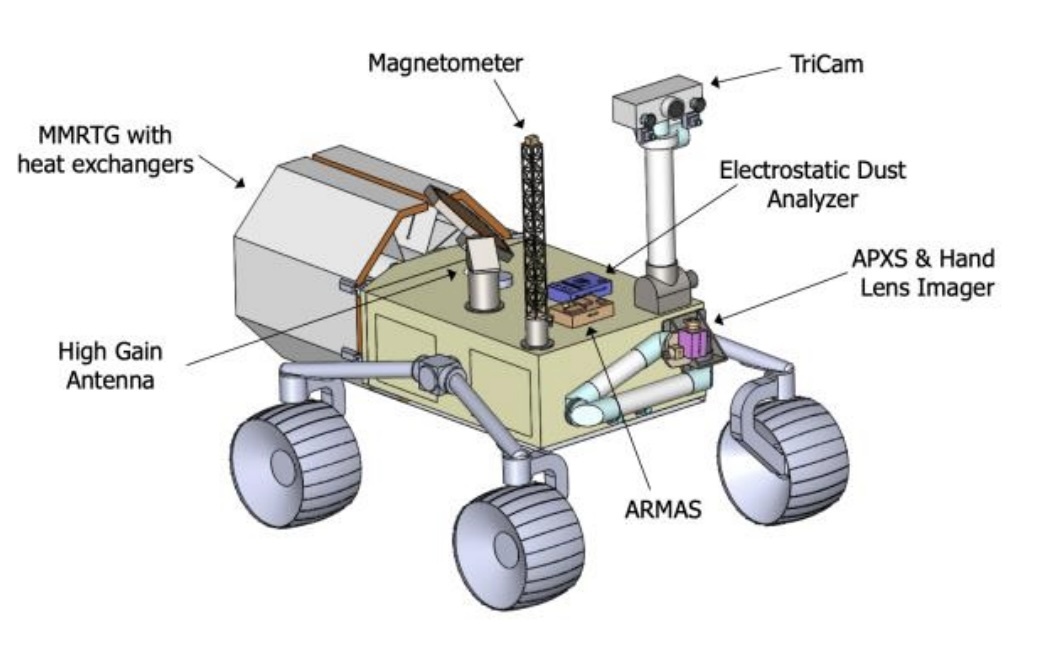When light strikes the atmosphere all sorts of interesting things can happen. Water vapor can split sunlight into a rainbow arc of colors, corpuscular rays can stream through gaps in clouds like the light from heaven, and halos and sundogs can appear due to sunlight reflecting off ice crystals. And then there is the glory effect, which can create a colorful almost saint-like halo around objects.
Continue reading “The First Atmospheric Rainbow on an Exoplanet?”Roman Will Learn the Ages of Hundreds of Thousands of Stars
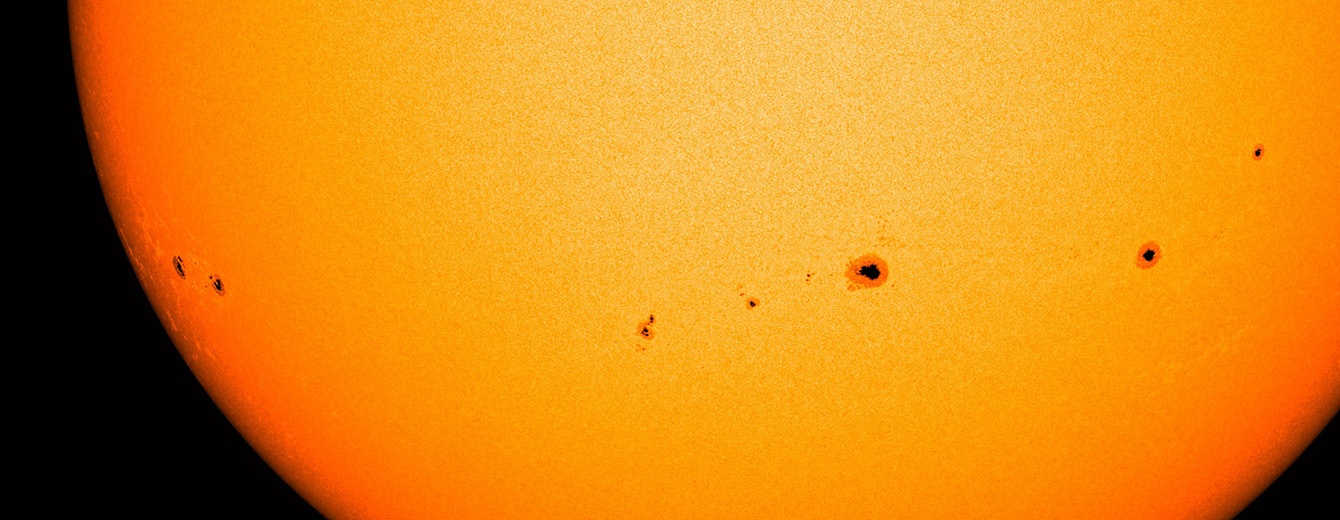
Astronomers routinely provide the ages of the stars they study. But the methods of measuring ages aren’t 100% accurate. Measuring the ages of distant stars is a difficult task.
The Nancy Grace Roman Space Telescope should make some progress.
Continue reading “Roman Will Learn the Ages of Hundreds of Thousands of Stars”Webb Sees a Galaxy Awash in Star Formation
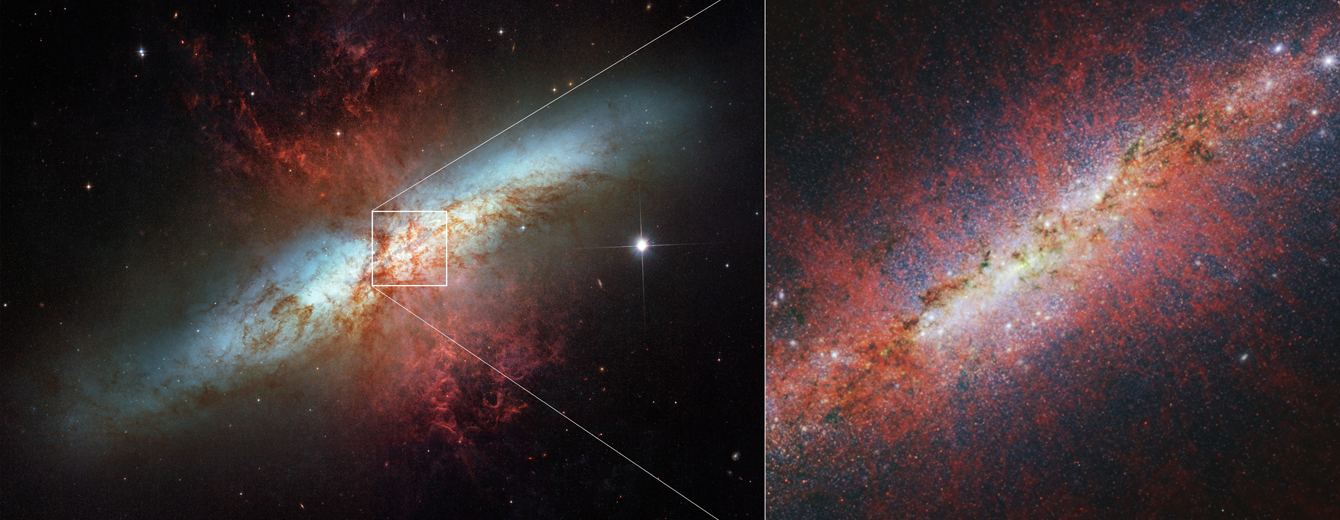
Since it began operations in July 2022, the James Webb Space Telescope (JWST) has fulfilled many scientific objectives. In addition to probing the depths of the Universe in search of galaxies that formed shortly after the Big Bang, it has also provided the clearest and most detailed images of nearby galaxies. In the process, Webb has provided new insight into the processes through which galaxies form and evolve over billions of years. This includes galaxies like Messier 82 (M82), a “starburst galaxy” located about 12 million light-years away in the constellation Ursa Major.
Also known as the “Cigar Galaxy” because of its distinctive shape, M82 is a rather compact galaxy with a very high star formation rate. Roughly five times that of the Milky Way, this is why the core region of M82 is over 100 times as bright as the Milky Way’s. Combined with the gas and dust that naturally obscures visible light, this makes examining M82’s core region difficult. Using the extreme sensitivity of Webb‘s Near-Infrared Camera (NIRCam), a team led by the University of Maryland observed the central region of this starburst galaxy to examine the physical conditions that give rise to new stars.
Continue reading “Webb Sees a Galaxy Awash in Star Formation”The Stellar Demolition Derby in the Centre of the Galaxy
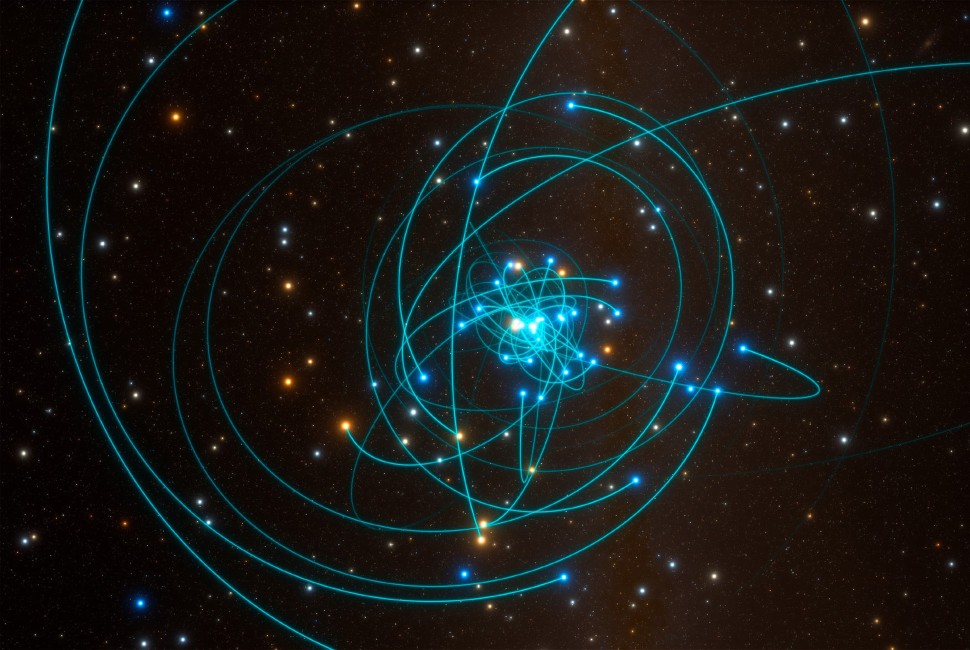
The region near the Milky Way’s centre is dominated by the supermassive black hole that resides there. Sagittarius A*’s overwhelming gravity creates a chaotic region where tightly packed, high-speed stars crash into one another like cars in a demolition derby.
These collisions and glancing blows change the stars forever. Some become strange, stripped-down, low-mass stars, while others gain new life.
Continue reading “The Stellar Demolition Derby in the Centre of the Galaxy”A New Map Shows the Universe’s Dark Energy May Be Evolving
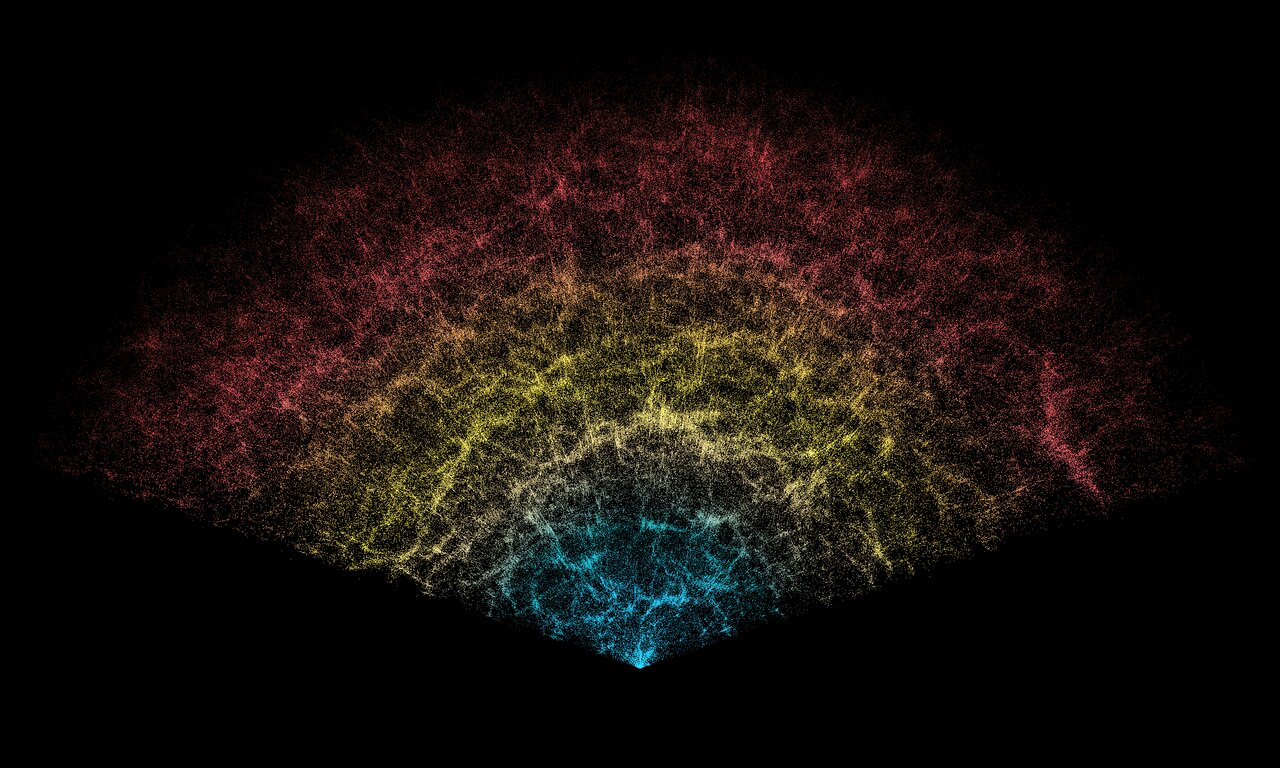
At the Kitt Peak National Observatory in Arizona, an instrument with 5,000 tiny robotic eyes scans the night sky. Every 20 minutes, the instrument and the telescope it’s attached to observe a new set of 5,000 galaxies. The instrument is called DESI—Dark Energy Survey Instrument—and once it’s completed its five-year mission, it’ll create the largest 3D map of the Universe ever created.
But scientists are getting access to DESI’s first data release and it suggests that dark energy may be evolving.
Continue reading “A New Map Shows the Universe’s Dark Energy May Be Evolving”Why is it so hard to drill off Earth?

Humans have been digging underground for millennia – on the Earth. It’s where we extract some of our most valuable resources that have moved society forward. For example, there wouldn’t have been a Bronze Age without tin and copper – both of which are primarily found under the ground. But when digging under the ground on celestial bodies, we’ve had a much rougher time. That is going to have to change if we ever hope to utilize the potential resources that are available under the surface. A paper from Dariusz Knez and Mitra Kahlilidermani of the University of Krakow looks at why it’s so hard to drill in space – and what we might do about it.
Continue reading “Why is it so hard to drill off Earth?”Want to Start a Farm on Mars? This Rover Will Find Out if it’s Possible
Travelling to Mars has its own challenges. The distance alone makes the journey something of a mission in itself. Arrive though, and the handwork has only just begun. Living and surviving on Mars will be perhaps humans biggest challenge yet. It would be impossible to take everything along with you to survive so instead, it would be imperative to ‘live off the land’ and produce as much locally as possible. A new rover called AgroMars will be equipped with a number of agriculture related experiments to study the make up of the soil to assess its suitability for growing food.
Continue reading “Want to Start a Farm on Mars? This Rover Will Find Out if it’s Possible”Which Animal Has Seen the Most Total Solar Eclipses?

In a paper published on the 1st April, author Mark Popinchalk reported upon a fascinating piece of research focussing on which animal has seen the most solar eclipses! It turns out that, whilst us humans have seen our fair share we are nowhere near the top of the list. According to Popinchalk, the horseshoe crabs have seen a staggering 138 trillion solar eclipses across the entire species. We are hot on their heels but it won’t be until about 10 million years that we catch up!
Continue reading “Which Animal Has Seen the Most Total Solar Eclipses?”The Moon Will Get its Own Time Zone

White House officials have directed NASA to begin work on establishing a standard time for the Moon, according to a report from Reuters this week. Coordinated Lunar Time (LTC) is intended to help ensure synchronization between the various lunar activities planned under the Artemis program.
Continue reading “The Moon Will Get its Own Time Zone”A New Tabletop Experiment to Search for Dark Matter

What is Dark Matter? We don’t know. At this stage of the game, scientists are busy trying to detect it and map out its presence and distribution throughout the Universe. Usually, that involves highly-engineered, sophisticated telescopes.
But a new approach involves a device so small it can sit on a kitchen table.
Continue reading “A New Tabletop Experiment to Search for Dark Matter”

